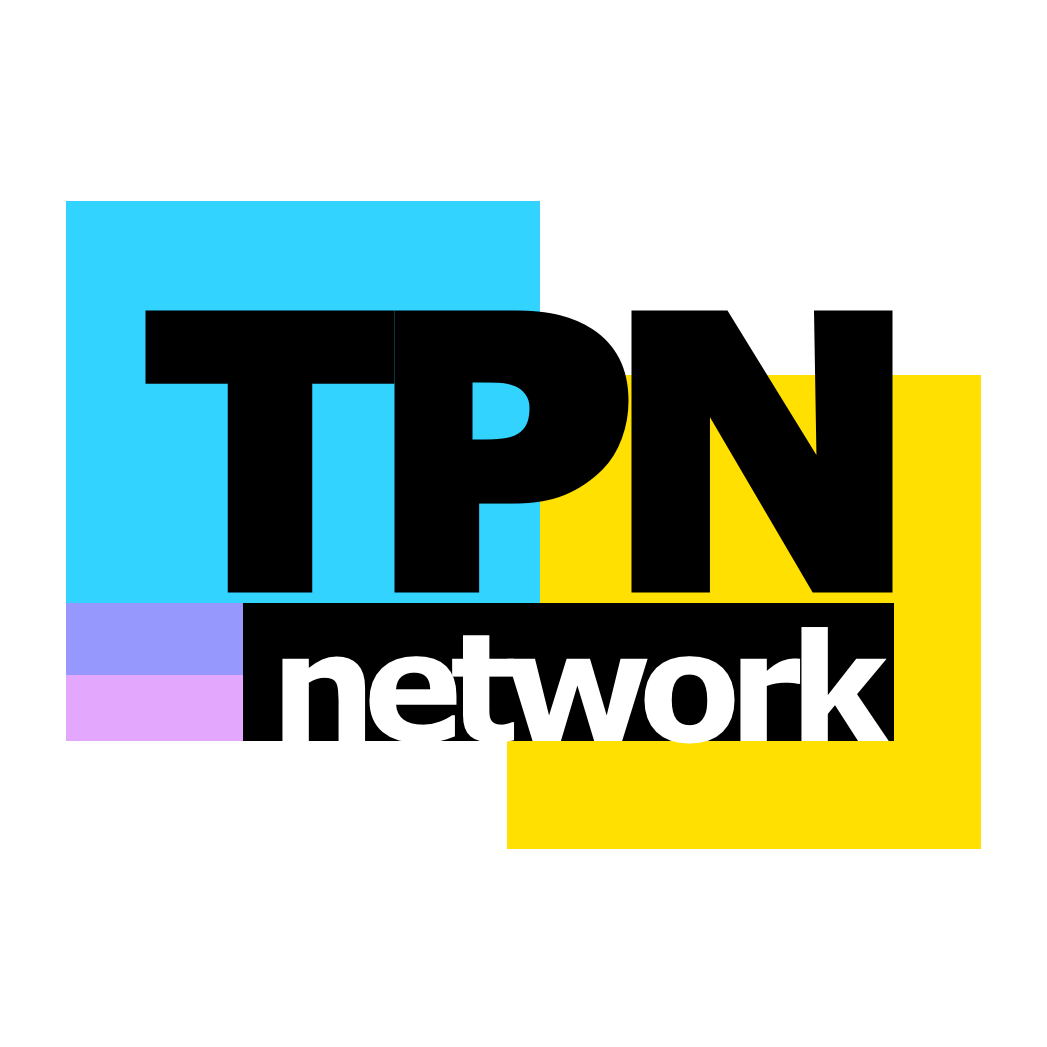With the constant changes and innovations occurring in today’s world, sourcing is often a bit of a moving target. And often other departments and stakeholders are confused about (or unaware of) the definition and value of strategic sourcing.
What’s the strategic sourcing process look like?
Who is responsible and accountable for sourcing events?
What technology is used, and how can other departments benefit from this technology?
These are just a few of the questions that drive the misconceptions about strategic sourcing. In order to make progress, collaborate with new business units, and drive change in 2023, you as a procurement pro need to be aware of these misconceptions so you can develop strategies and tactics to overcome obstacles.
Here we provide a list of five common (and dangerous) misconceptions about sourcing:
Misconception #1: Sourcing events take input on the vendor selection/award out of the hands of other business units.
This misconception couldn’t be further from the truth! The most successful sourcing events and well-respected procurement teams include other business units and key stakeholders in the project planning as well as the results review before making a decision.Misconception #2: Someone else is responsible for tracking savings over time as a method of measuring the benefits of strategic sourcing.
Procurement has a giant opportunity to collect savings at the project level AND the practice level. Our clients are better justifying strategic sourcing as a practice by integrating savings with Sourcing Force Savings Tracker.Misconception #3: There’s no significant savings to be achieved from indirect sourcing.
Many companies don’t bother controlling indirect spend because it usually counts as a much smaller number than direct spend. However, there is a lot of money to be saved in indirect categories such as office supplies, floor mats, computer equipment, hangers and display racks for retailers – basically anything that your employees use! Get creative with sourcing both indirect and direct products (when possible).Misconception #4: I can do my sourcing tasks using spreadsheets, faxes, and emails only.
Yes, it’s true that you CAN do your tasks using these old-school methods, but those manual processes are time-consuming and often inefficient. Strategic sourcing technology helps you overcome cumbersome and time-consuming tasks by:- Speeding up your process through automation
- Using templates to improve consistency and standardization of documents and projects
- Storing important project information and details in a centralized location
- Inspiring collaboration by inviting internal stakeholders to projects as evaluators and spectators

